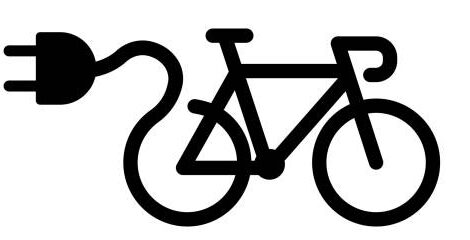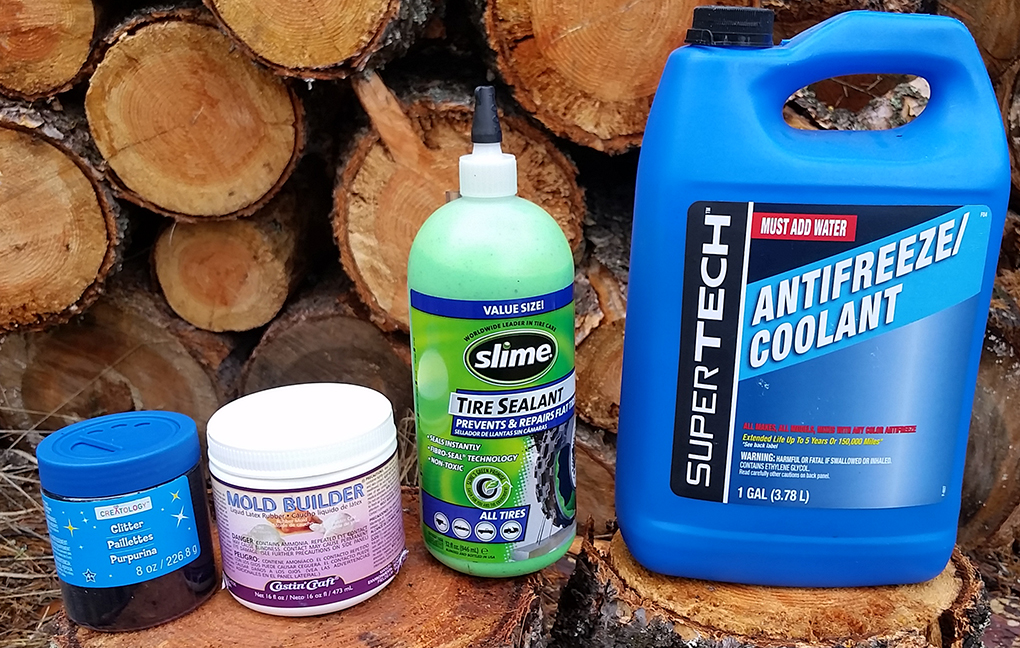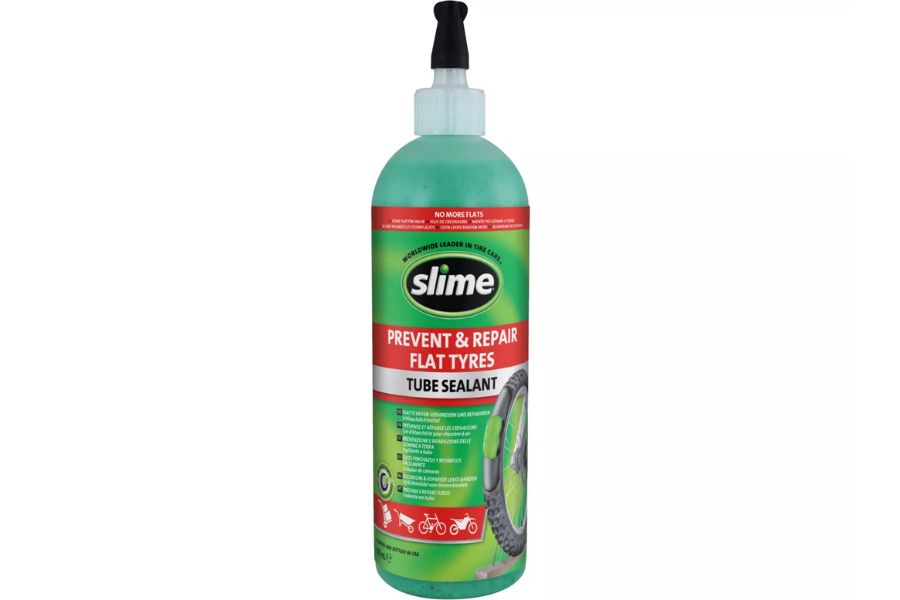Unlocking the Benefits of Mountain Bike Tubeless Sealants
Revolutionize your mountain biking experience with tubeless sealants—the secret to rolling with confidence and puncture-proof performance. These game-changing liquids fill the gap between tire and rim, creating a formidable barrier against flats. Embracing tubeless sealants unlocks a world of reduced rolling resistance, enhanced grip, and the freedom to conquer rugged trails without fear.
Beyond puncture prevention, tubeless sealants offer a host of advantages. They help reduce the frequency of flats, minimize tire pressure loss, and improve handling by conforming to the terrain. By eliminating the need for tubes, tubeless setups allow for lower tire pressures, resulting in better traction and comfort. Embrace tubeless sealants and unleash the full potential of your mountain bike.
Types of Tubeless Sealants: Latex, Polyurethane, and More
Tubeless sealants come in a range of compositions, each offering unique characteristics. Latex-based sealants are natural, biodegradable, and provide excellent puncture sealing abilities. However, they may be vulnerable to freezing temperatures and have a shorter lifespan than other types. Polyurethane-based sealants, on the other hand, are synthetic and more resistant to extreme temperatures. They form a tough, flexible seal that is highly effective in plugging punctures, but can be more difficult to clean up and may cause allergic reactions in some individuals.
In addition to latex and polyurethane, other types of tubeless sealants include water-based, ammonia-based, and sealant with added glitter for increased visibility. Water-based sealants are eco-friendly and non-toxic, but may not be as effective at sealing large punctures. Ammonia-based sealants are highly effective in sealing punctures but can be corrosive to aluminum components. Sealants with glitter allow riders to easily identify sealant distribution and leaks, but may not perform as well as other sealants in extreme conditions. Understanding the different types of tubeless sealants and their respective advantages and limitations is crucial for selecting the optimal product for your mountain bike’s specific needs and riding style.
How to Choose the Best Tubeless Sealant for Your Needs
Selecting the optimal tubeless sealant for your mountain bike depends on several factors. Consider your bike’s purpose and terrain you typically ride. For cross-country racing, a lightweight sealant with fast puncture-sealing properties is crucial. Conversely, enduro or downhill riding requires a more viscous sealant that can handle larger punctures and withstand high-impact forces. Climate conditions also play a role; choose sealants with a wider temperature range if you ride in extreme heat or cold.
Additionally, consider the compatibility of the sealant with your tire and rim materials. Some sealants may react with certain tire or rim materials, causing damage or sealant failure. Always check the manufacturer’s recommendations to ensure compatibility before using a particular sealant.
Applying Tubeless Sealant: A Step-by-Step Guide
Applying tubeless sealant requires meticulous preparation and careful execution. Before beginning, thoroughly clean the tire bead and rim surface to remove any contaminants. Install the tire on the rim, ensuring it is seated correctly. Next, insert the presta valve stem and tighten it securely. Using a syringe or sealant injector, carefully insert the recommended amount of sealant into the tire through the valve stem.
Immediately after adding sealant, vigorously shake the wheel to distribute it evenly around the tire’s interior. Rotate the wheel to coat the entire sidewall and tread area. Allow the sealant to settle for a few minutes before inflating the tire to the desired pressure. Monitor the tire pressure and add more sealant if necessary to maintain the recommended pressure range. If the sealant leaks from the bead area, re-seat the tire by deflating it and re-inflating it to the proper pressure.
Maintaining Your Tubeless Setup: Cleaning, Re-sealing, and More
Regular maintenance is crucial for a reliable tubeless mountain bike setup. Inspect the sealant level periodically, ensuring it fully coats the tire’s inner surface and seals any punctures. Remove and clean the tire and rim every 6-12 months or as needed to prevent sealant buildup and debris accumulation. Use a soft brush and mild soap to avoid damaging the tire or sealant. Re-seal the tire and rim after cleaning, applying fresh sealant and following the recommended application instructions. This process ensures optimal puncture protection and extends the lifespan of your tubeless setup.
Addressing minor punctures is essential to maintain a puncture-free ride. If a small puncture occurs, the sealant will typically seal it effectively. If the leak persists, use a tire plug or patch to permanently seal the puncture. For larger punctures or sidewall damage, it’s recommended to replace the tire to guarantee reliable performance and prevent further damage to the wheel or frame. Routine maintenance and prompt repair of punctures will ensure your tubeless mountain bike setup remains puncture-proof and ready for any adventure.
Recommended Tubeless Sealant Products: Our Top Picks
In the competitive landscape of mountain bike tubeless sealants, several reputable brands stand out with their innovative products. One highly acclaimed option is Stan’s NoTubes Tire Sealant, renowned for its proven effectiveness in preventing and repairing punctures. Its latex-based formula creates a robust and durable seal, ensuring exceptional performance in demanding off-road conditions. Muc-Off Tubeless Sealant is another top choice, distinguished by its advanced polymer formula. It offers excellent puncture protection, exceptional sealing capabilities, and compatibility with a wide range of tire and rim materials. For riders seeking an environmentally conscious option, Orange Seal Endurance Tubeless Sealant is a top pick. Its biodegradable formula reduces the environmental impact while providing exceptional sealing and puncture resistance.
When selecting a mountain bike tubeless sealant, consider factors such as the type of tires and rims used, the riding conditions encountered, and personal preferences. By choosing the right sealant and following proper application and maintenance procedures, riders can unlock the transformative benefits of tubeless technology, enhancing their mountain biking experience with improved puncture resistance, reduced rolling resistance, and enhanced grip.
Troubleshooting Common Mountain Bike Tubeless Issues
While tubeless setups offer significant advantages, they can occasionally encounter issues. Sealant leakage is a common problem, often caused by incorrect sealant application, damaged tires or rims, or loose valve cores. Properly cleaning and re-sealing the tire and rim can resolve most leakage issues. Slow punctures, where sealant struggles to plug the hole effectively, may require a larger sealant volume or a more aggressive sealant formula.
Installation problems, such as difficulty seating the tire or maintaining a seal, can also occur. Ensure the tire and rim are compatible and properly prepared. Use ample sealant and apply it evenly around the bead. If issues persist, consider consulting a professional mechanic for assistance. By understanding and addressing these potential problems, mountain bikers can maximize the benefits of tubeless setups and enjoy a reliable, puncture-proof骑行 experience.
The Future of Tubeless Sealants: Innovation and Sustainability
The future of mountain bike tubeless sealants is brimming with exciting innovations and sustainability advancements. Environmental concerns are driving the development of eco-friendly sealants made from renewable resources or biodegradable materials. These sealants minimize the environmental impact of tubeless setups, reducing waste and preserving natural ecosystems. Additionally, manufacturers are exploring puncture-resistant formulas that enhance sealant durability and prolong its effectiveness, minimizing punctures and maximizing ride time.
The pursuit of self-sealing capabilities is another area of active development. Advanced sealants are being designed to autonomously identify and seal punctures without the need for manual intervention. This breakthrough will revolutionize mountain biking, providing riders with an unparalleled level of puncture protection and peace of mind, allowing them to push the limits of their adventures with confidence.




